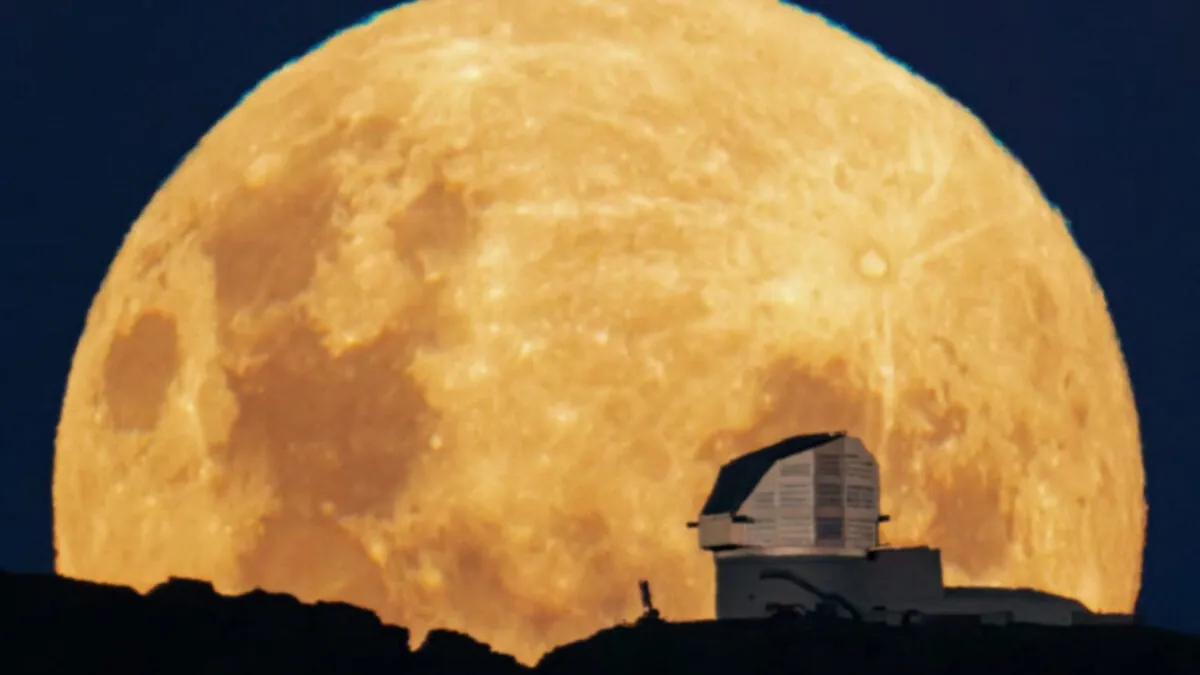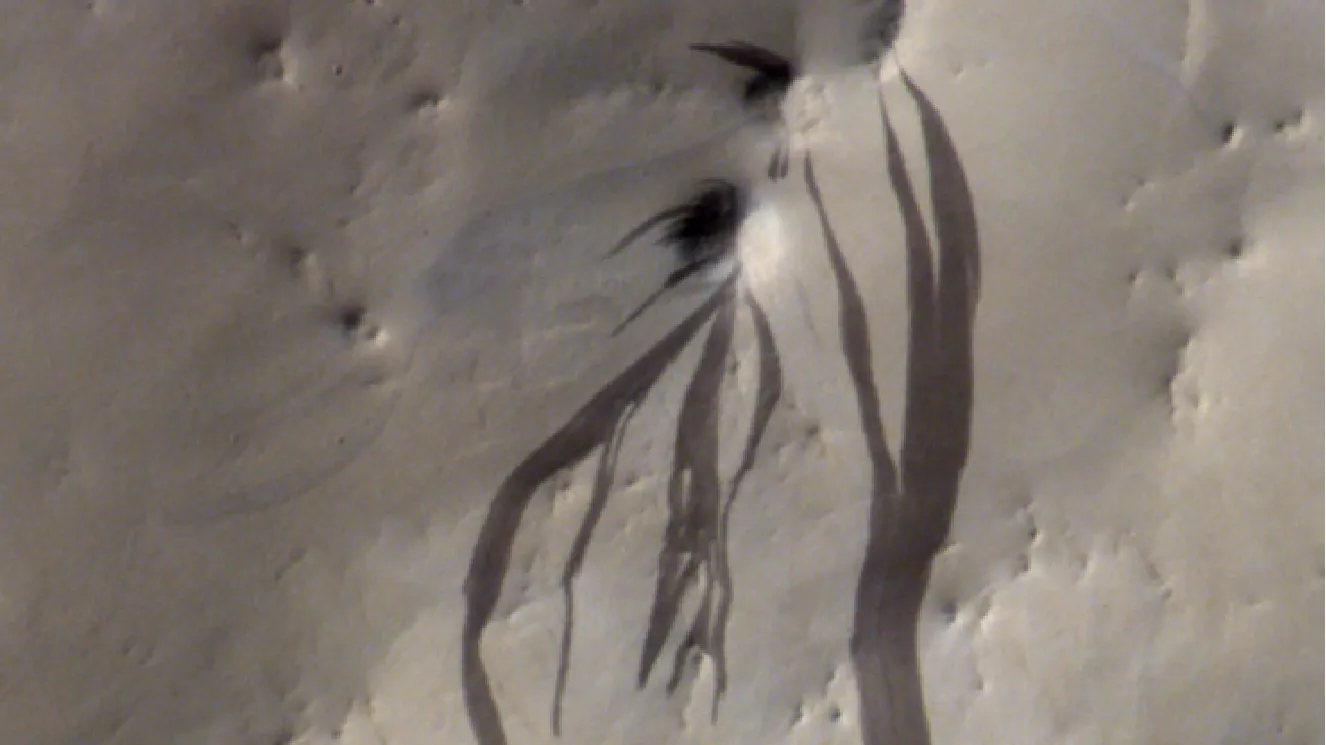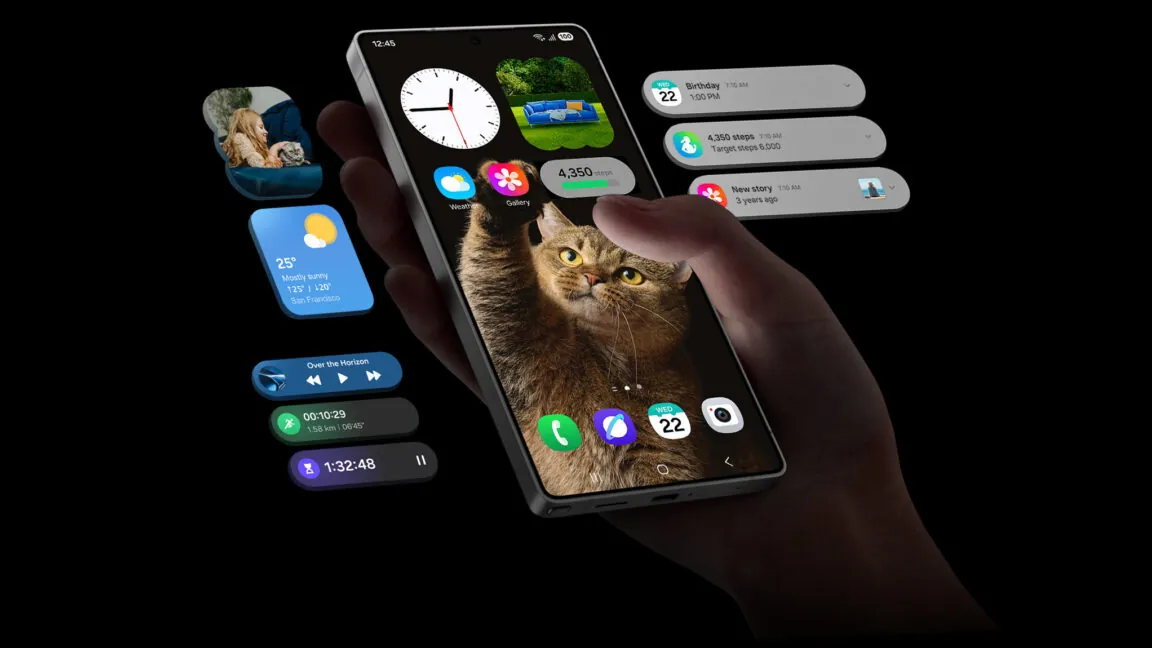A new observatory perched high in the Chilean Andes is about to blow the lid off our solar system—and scientists say it’s going to be like switching from a black-and-white TV to 4K color.
The National Science Foundation and Department of Energy project, the Vera C. Rubin Observatory, is slated to begin operations later this year.
Sorcha models the solar system’s current structure, then projects what Rubin is likely to see, based on its planned observations.
Rubin’s data will help scientists piece together how our solar system formed and evolved.
The predicted stats are staggering: 127,000 NEOs, 109,000 Jupiter Trojans, 37,000 distant Kuiper Belt objects, and more.
Scientists say that the upcoming solar system explosion from a new observatory high in the Chilean Andes will be like going from a black-and-white TV to a 4K color one.
Vera C is a project of the Department of Energy and the National Science Foundation. Operations at Rubin Observatory are expected to start later this year.
Equipped with the biggest digital camera ever constructed for astronomy and a sweeping, ultra-sensitive telescope, the observatory is anticipated to find millions of asteroids, comets, and other planetary remnants that have never been found before, some of which come dangerously close to Earth.
Now, scientists at Queen’s University Belfast under the direction of Meg Schwamb have created an open-source software application called Sorcha that forecasts the findings Rubin might make. The preprint server arXiv has the papers that describe the software and the predictions that go along with it.
Rubin will detect ten times more trans-Neptunian objects than currently cataloged, provide colorful, detailed observations of over 5 million main-belt asteroids (up from about 1 to 4 million), and triple the number of known near-Earth objects (NEOs) from about 38,000 to 127,000, according to the scientific team.
The team’s member and University of Washington astronomer Mario Juric stated in a university press release, “With this data, we’ll be able to update the textbooks of solar system formation and vastly improve our ability to spot—and potentially deflect—the asteroids that could threaten Earth.”.
Sorcha projects what Rubin is likely to see based on its planned observations after modeling the current structure of the solar system. For Rubin, it is the first end-to-end simulator, which means it models the science that should be expected from the results of simulating photons of light from far-off sources.
The secret weapon of the Rubin Observatory is its 3.2-gigapixel LSST camera, which can scan an area every night that is about 45 times the area of the full moon. The camera can scan the whole night sky in less than a week, and it will create a cosmic time-lapse with 20 terabytes of nightly data over the course of the following ten years.
Researchers will be able to piece together the formation and evolution of our solar system with the aid of Rubin’s data. With 127,000 NEOs, 109,000 Jupiter Trojans, 37,000 distant Kuiper Belt objects, and more, the projected numbers are astounding. Spin rates, surface types, and other details will be revealed by Rubin when he finds them all in color and motion. These observations will therefore assist scientists and space agencies in landing on their upcoming observational targets.






